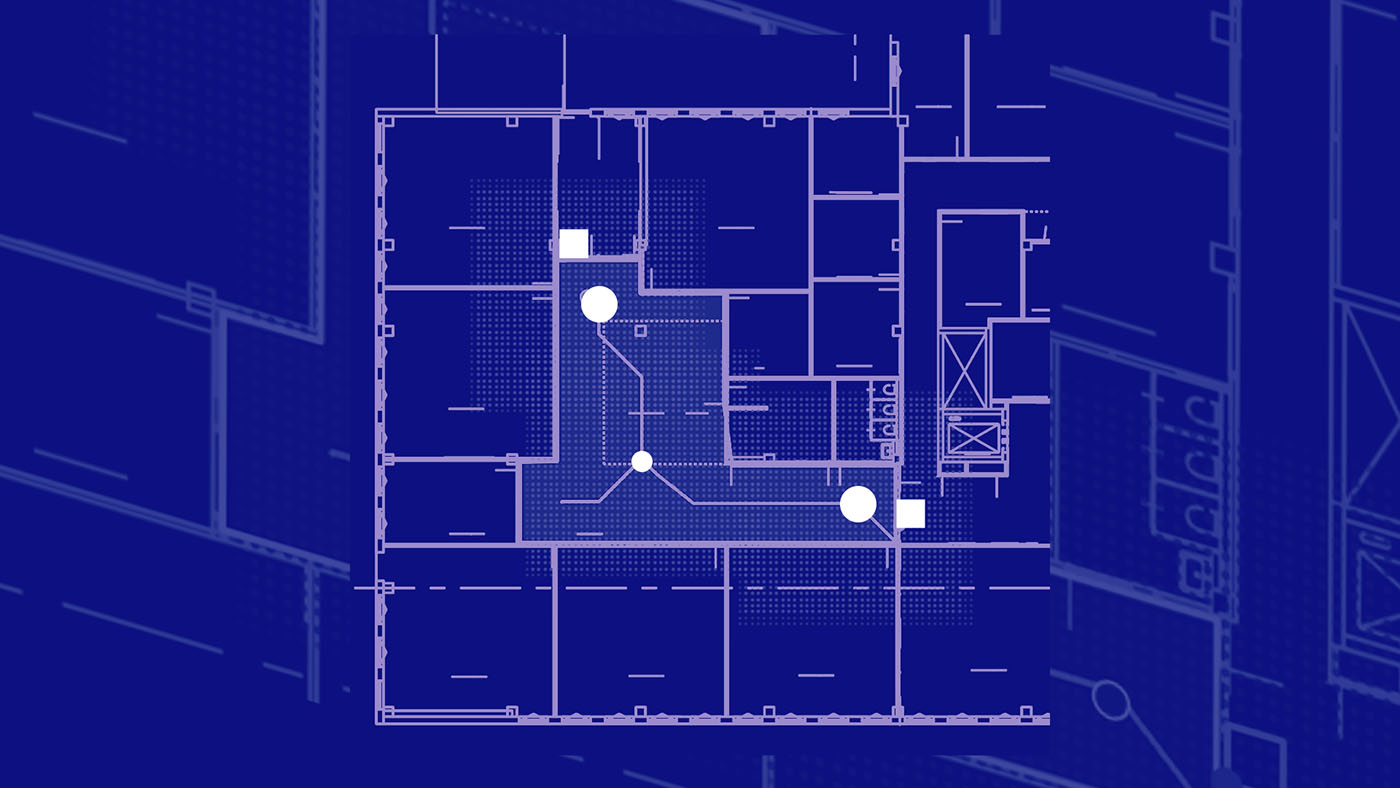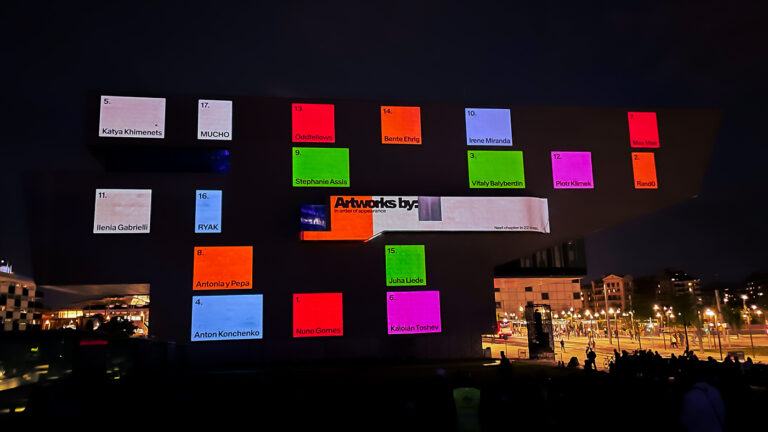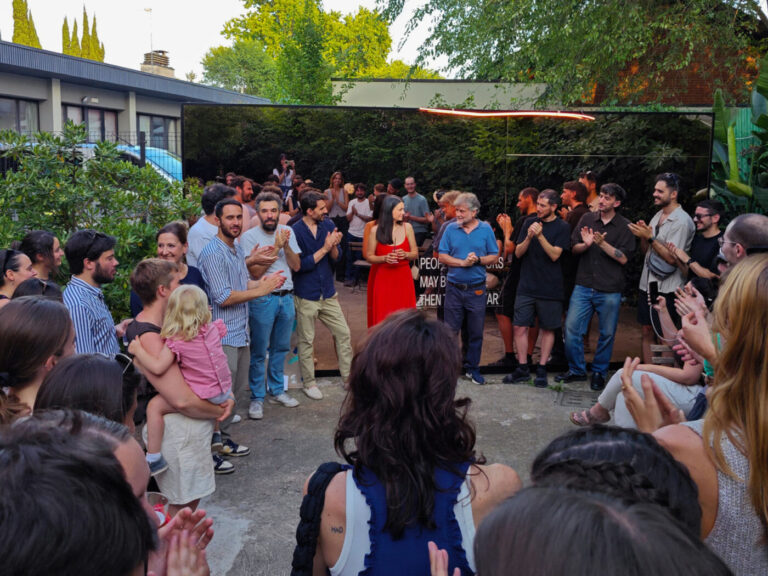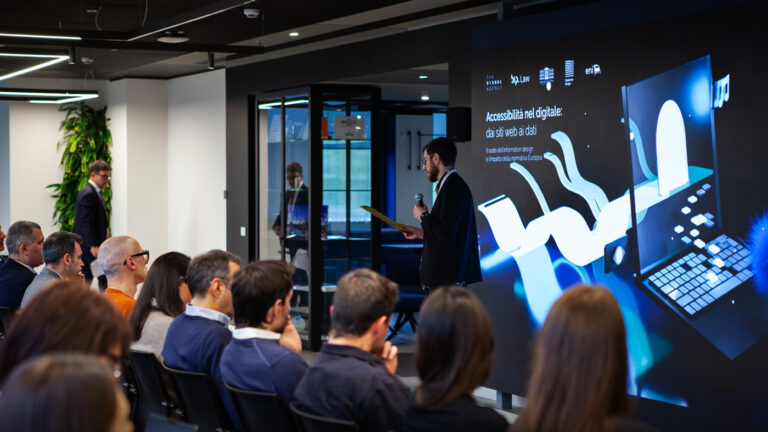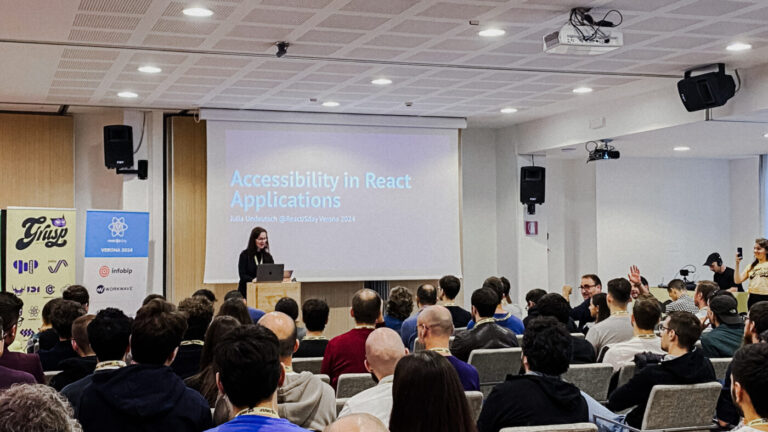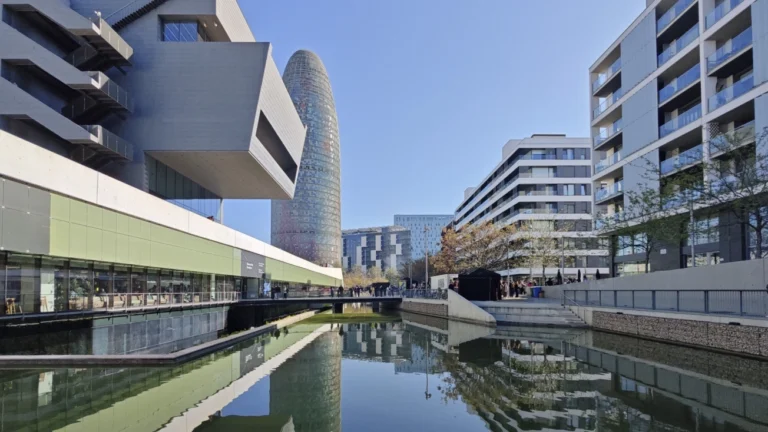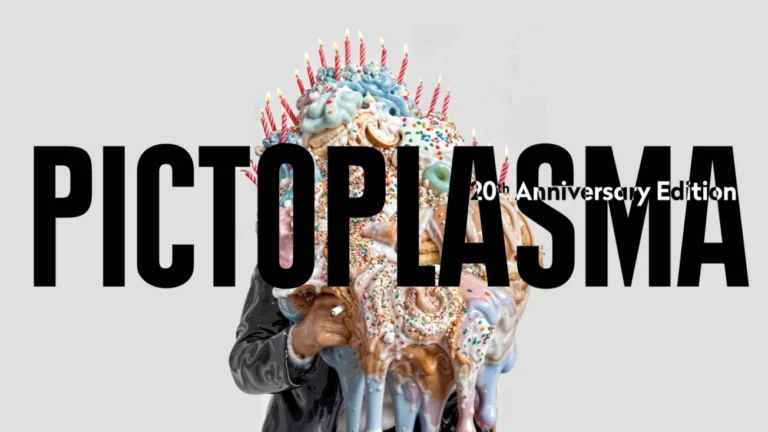At The Visual Agency, our philosophy is anchored in a fundamental truth: technology is most powerful when it serves people. This inspiring theme set the tone for the recent Science, Technology and Business (STB) Days in Boston, an impactful event hosted by the Consulate General of Italy as part of Italian Heritage Month.
We had the privilege of delivering a speech about a newly formed relationship critical for our collective future: the intersection of AI, architecture, and information design. This fascinating convergence spans from the design of individual buildings to complex, urban-scale smart city applications.
The collaboration with Paolo Ciuccarelli, Scientific Advisor of The Visual Agency and Professor at Northeastern University, was central to the discussion, exploring how to scale these concepts to broader contexts.
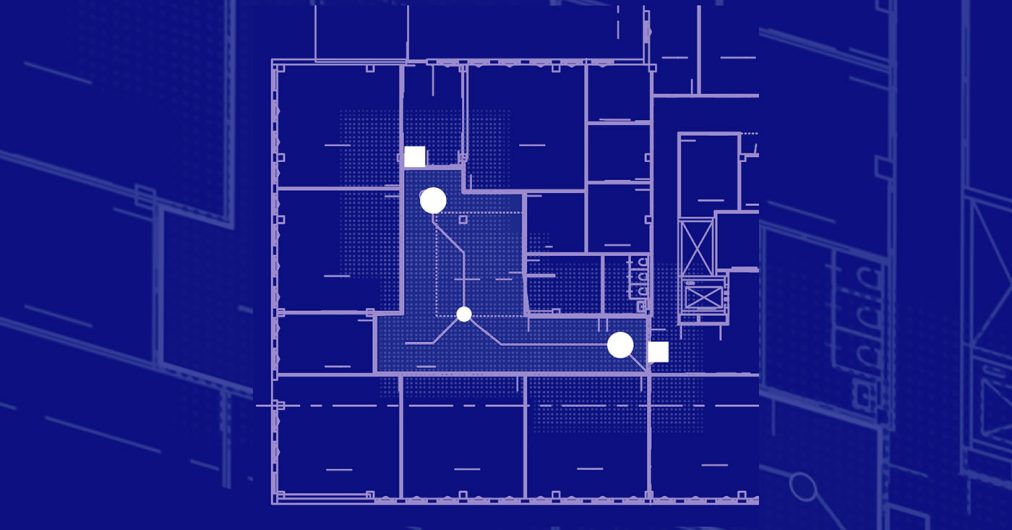
Focus of our presentation was advanced wayfinding solutions: systems that do more than just point the way. They are about creating spaces that are inherently safer and more efficient. We presented our research on an agentic AI-based system designed to optimize navigation in critical building areas.
This solution offers exciting, tangible applications that enhance our smart city expertise with exciting applications for emergency management, large-scale event logistics and built environment optimization.
The work presented demonstrates that the next frontier in architecture isn’t just about constructing new buildings; it’s about engineering the systems that animate them. This is a shift from designing static objects to designing dynamic, responsive experiences—a truly human-centric approach.
The AI-driven wayfinding system is a powerful example of this technological humanism, illustrating how algorithms can be deployed to directly enhance safety, efficiency, and well-being within a built environment.
